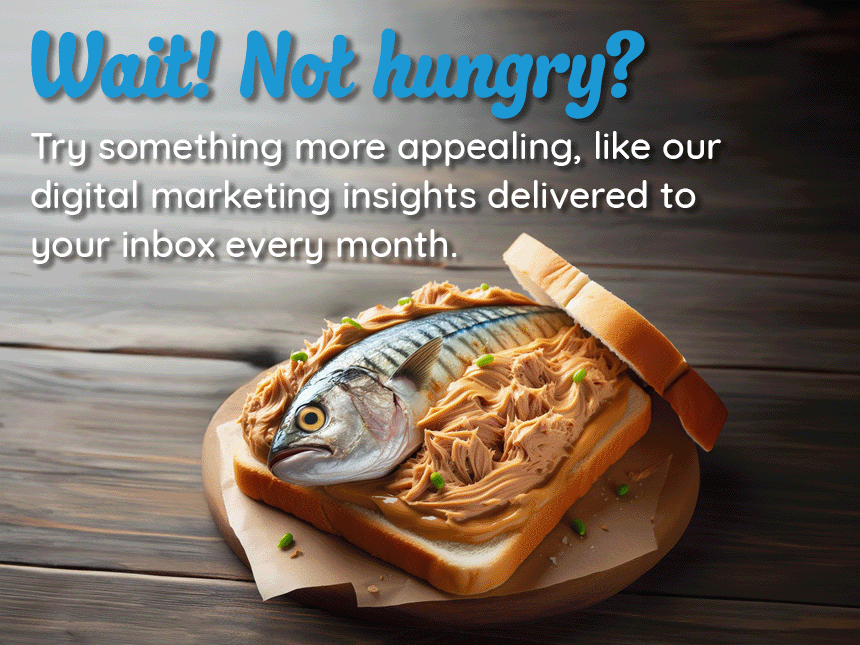Google Ads vs. Facebook Ads for Ecommerce: What’s the Difference?
Google Ads and Facebook Ads serve distinct roles in the ecommerce digital marketing funnel. Understanding how each platform works—and when to use them—can help you build a smarter, more effective ad strategy.
Google Ads for Ecommerce
Purpose
Capture high-intent shoppers actively searching for products.
Targeting
- Keyword-based and intent-driven
- Great for reaching users who are ready to buy
Reach
Extensive network across Google Search, Display, Shopping, YouTube, and Google Partner Sites.
Cost
Typically higher CPCs due to competitive bidding – but can be cost-effective when targeting buyers with strong purchase intent.
Best For
- Driving immediate sales
- Promoting products with existing search demand
- Competing in high-intent, high-volume verticals
Ad Formats
- Text ads (Search)
- Product visuals (Shopping)
- Banners and video (Display, YouTube)
Example
A user searches for “buy running shoes” and sees your product listing at the top of Google with pricing and reviews – ready to click and buy. Since they’re likely already in the decision-making phase, making them more likely to convert.
When to Choose Google Ads
- Your audience is actively searching for your products or services.
- You sell niche products or need to compete for high-intent search terms.
- You have a strong budget for competitive bidding on popular keywords.
- Your goal is to boost conversions or maximize return on ad spend (ROAS).
Facebook Ads for Ecommerce
Purpose
Generate interest, build awareness, and nurture potential customers.
Targeting
- Audience-based targeting using interests, behaviors, demographics, life events, online behavior, and custom/lookalike audiences.
- Great for reaching users who don’t yet know they need your product. If you sell baby products, you can target new parents or people who’ve recently announced a pregnancy.
Reach
Slightly smaller than Google’s ecosystem, but laser-focused through detailed targeting.
Cost
Generally more affordable than Google Ads, especially for awareness and top-of-funnel goals.
Best For
- Building brand awareness and customer loyalty.
- Promoting visually compelling products.
- Retargeting users with dynamic, personalized creatives.
Ad Formats
Images, videos, carousels, Stories, Reels, Collection ads
Example
A user interested in “eco-friendly living” sees an Instagram ad featuring a carousel of your sustainable clothing line—sparking curiosity and engagement.
When to Choose Facebook Ads
- Your goal is to increase brand awareness or build interest in your products.
- You want to reach users who may not yet know they need your product.
- Your business relies heavily on visuals or storytelling, such as in fashion, home decor, or lifestyle industries.
- You’re looking to build long-term customer relationships through social engagement.
Comparing Google Ads vs Facebook Ads for Ecommerce
| Goal | Best Platform |
| Intermediate sales | Google Ads |
| Brand awareness | Facebook Ads |
| Targeting high-intent buyers | Google Ads |
| Visual storytelling | Facebook Ads |
| Lower ad budget | Facebook Ads |
| Competing in search results | Google Ads |
| Building long-term loyalty | Facebook Ads |
The Best Strategy? Use Both
If your budget allows, the most powerful ecommerce ad strategy combines both platforms:
- Google Ads brings in ready-to-buy customers.
- Facebook Ads builds interest and re-engages past visitors.
This one-two punch keeps your brand visible across all stages of the buyer’s journey—maximizing your reach, conversions, and ROI.
If you need help developing a tailored advertising strategy for your ecommerce business, contact Arc Intermedia. Our team of experts specializes in creating integrated campaigns that deliver measurable results across both Google and Facebook.



